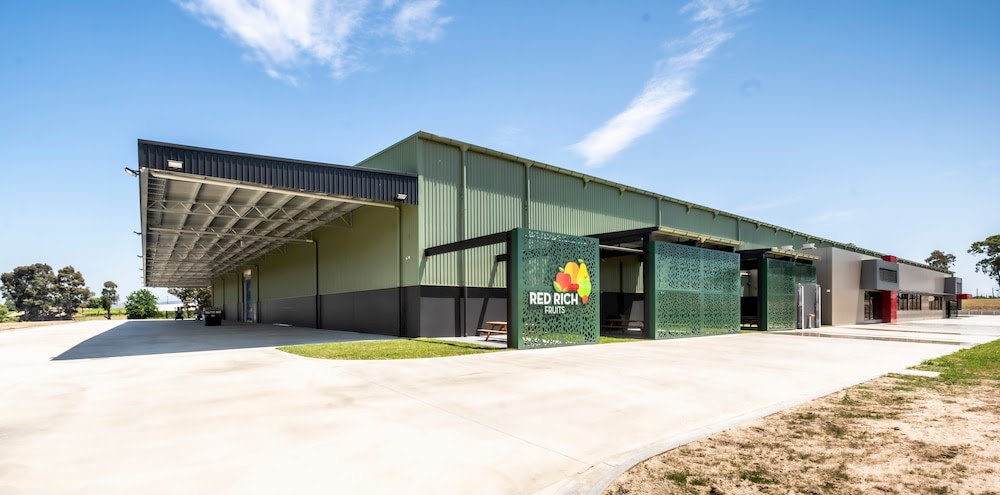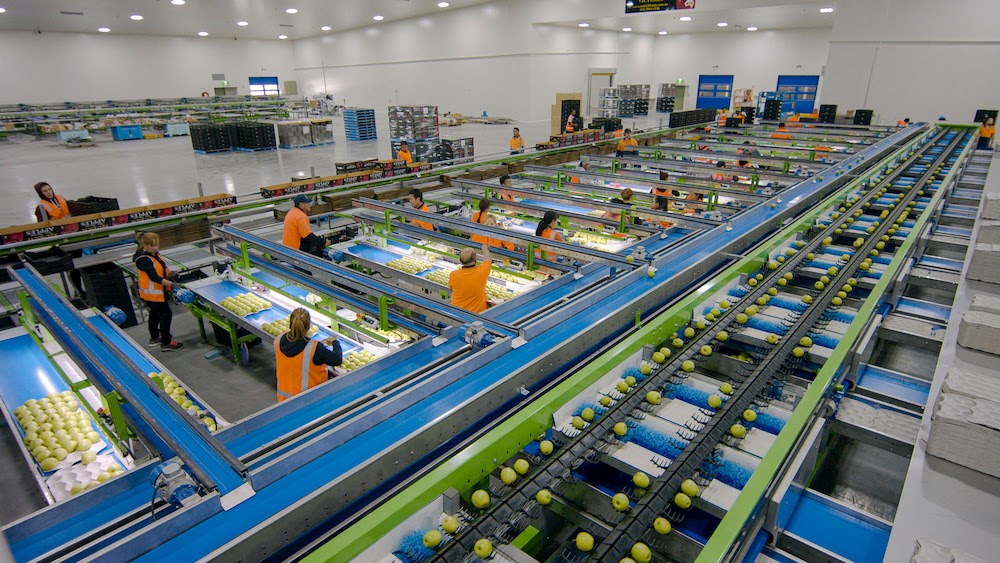Storage of Agricultural produce – an economic and common-sense argument
Whether you belong to the camp that believes that there are climate change related challenges, or you believe climate change is a myth; storage of agricultural produce makes perfect economic sense. Scarcity is inevitable – one of the few tools available to us humans is to store produce for a ‘rainy day’. This has been happening since biblical times (Adam, Eve, Apples…get it?) and the solution we are discussing here is not new!
Key points
- Achieve premium prices with scarcity
- With Optimal conditions, produce can be supplied ‘out of season’ when the supply of apples is lower
- If the product is canned, its shelf life is extended considerably
Need a Quote?
Export Hay on Train Line
RECOMMENDED ARTICLE
Australia’s biggest clear span shed – Entegra Signature Structures
Let’s look at today’s world which is a bit different from those early days…. apples are produced in very large numbers. Along with many other crops, they must be eaten, stored or canned to avoid them going to waste. Storing in temperature-controlled rooms and canning are ways to take a seasonal product and turn it into an ‘all year’ product. Global economics being what it is, export provides another opportunity to transfer produce from areas in which it is abundant to areas where it is unseasonal and therefore scarce. $ economics may drive some of those decisions, but the overriding truth is two of the three options requires storage space.
So, let’s look at the storage costs via a hypothetical example – if one tonne of apples get rotten and thrown away- it has a zero value but all of the input costs to grow it are applied to it. That would result in negative economic value.
If that same tonne of apples are consumed fresh (via local distribution such as farmers markets) it has positive economic value and utility value via health benefits, freedom from hunger etc. If the input costs equal the utility value + selling price, then we have a zero-sum outcome.
That same tonne of apples in storage would add economic value in three ways: First, if transported to an area of scarcity, a premium price would be achieved via simple supply and demand principals. i.e: prices rise when demand exceeds supply and vice versa. Exports would fall under this category. Second, if stored in optimal conditions, it can be supplied ‘out of season’ when the supply of apples is lower. Again, the laws of supply and demand would mean that a premium price and therefore incremental profits would result. Finally, if the product is canned, its shelf life is extended considerably and would add incremental value via longevity and wide distribution to all corners of the country or the globe.
Inside Australia’s largest clear span shed owned and operated by Red Rich Fruits
So, if we accept storage is essential to drive extra value for agricultural products produced in excess of immediate consumption and we wish to derive maximum economic benefit to the farmer – what should storage cost to derive that economic benefit at an optimal level? The Return-on-investment (ROI) and the payback period in which the shed has paid for itself are important considerations.
If the shed costs zero for arguments sake, the economic benefit would maximize to equal total incremental selling price – this means the shed has a payback period of zero years! This is not realistic but makes the point about what you should consider in evaluating storage ‘costs’.
If the shed cost five times the incremental income derived by the produce stored in for one year, then it will have a 5 year pay back period when the shed has ‘paid for itself’.
This ignores other benefits like government benefits like instant asset write offs (currently $150,000) and depreciation benefits for business assets. When all things are taken into account that 5 year payback period could come back considerably heading towards a point between a zero payback period and the 5 year payback period in the examples above. Beyond that point (whether it is 1 year, 3years or 5years), the incremental profits gained by storing the produce in the shed has zero incremental cost – in other words the shed is free! And most sheds last 50 years – not a bad result!
Finally, when considering the cost of a storage asset such as sheds, it is important to keep in mind the ‘price’ of the shed is less important than the ROI and payback period and therefore how soon the shed will be a ‘free’ income producing asset. Laurie McCalman, the General Manager of Entegra, one of Australia’s pre-eminent shed manufacturers says the question a producer should ask themselves is…. not whether you can afford a shed but whether you can afford not to get a shed?
RECOMMENDED ARTICLES
A History of the Wine Industry in Australia – Entegra Signature Structures
The Origins of the Shiraz Grape Used in Australian Shiraz Wine – Entegra Signature Structures
Fruit and Vegetable Prices To Rise in Australia – Entegra Signature Structures
Higher Demand for Warehouses and Distribution Centres – Entegra Signature Structures
De risking your production with storage – Entegra Signature Structures
2 - 2Shares


